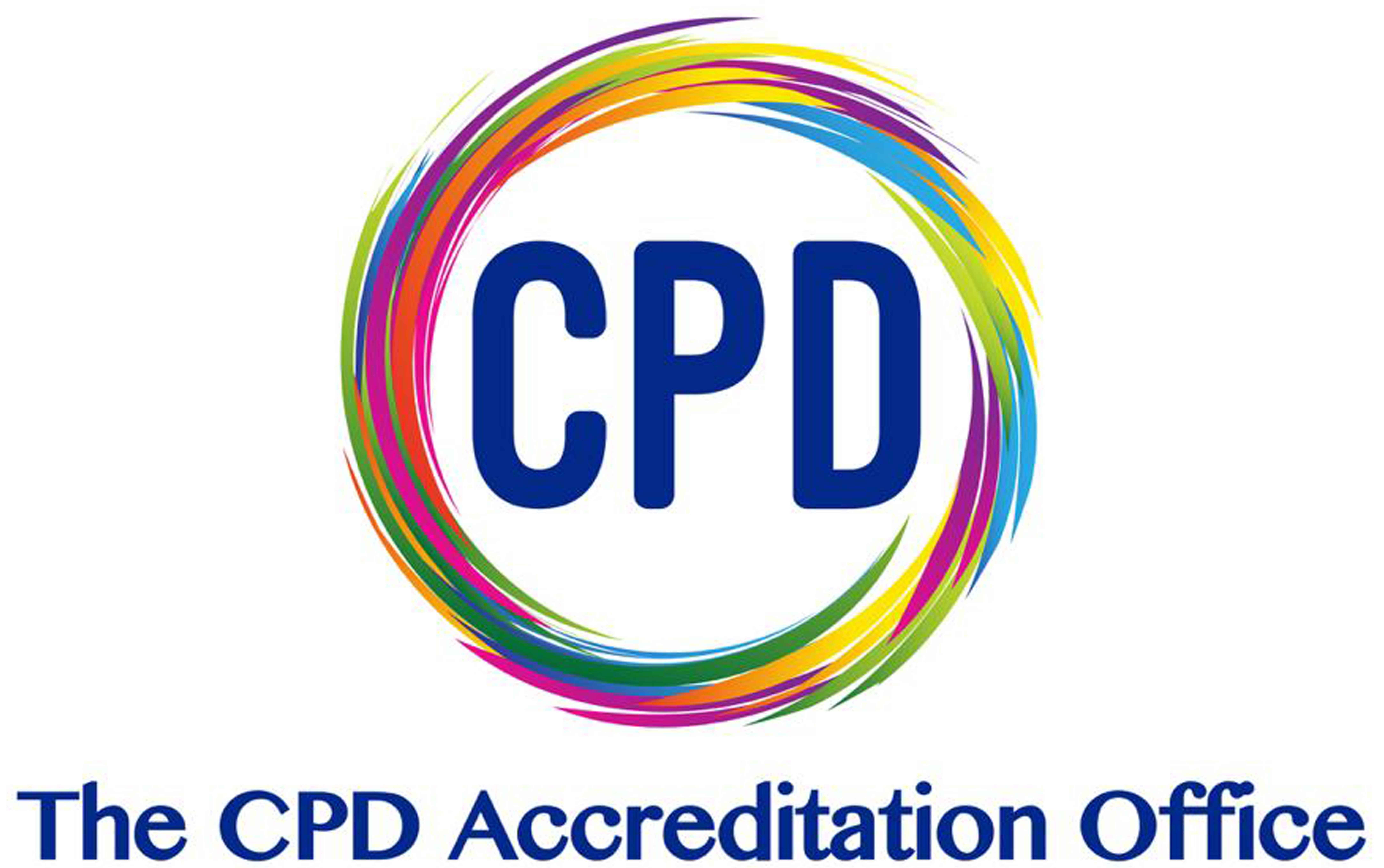What is Continuing Professional Development (CPD)?
What does CPD mean?
CPD stands for Continuing Professional Development. It refers to the process of tracking and documenting the skills, knowledge and experience that you gain both formally and informally as you work, beyond any initial training. It’s a record of what you experience, learn and then apply. The term is generally used to mean a physical folder or portfolio documenting your development as a professional. Some organisations use it to mean a training or development plan, which I would argue is not strictly accurate. This article is about Continuing Professional Development as a process of recording and reflecting on learning and development.
Training & development – what’s the difference?
These terms are often used interchangeably, though there is a distinction. As a rule of thumb, training is formal and linear. It’s to do with learning how to do something specific, relating to skill and competence. Training can be as simple as using a PC application and as complex as learning how to be a pilot. Development is often informal and has a wider application, giving you the tools to do a range of things and relating to capability and competency. It involves progression from basic know-how to more advanced, mature or complex understanding. Alternatively, it can be about widening your range of transferable skills like leadership, managing projects or organising information.
What is it for?
The CPD process helps you manage your own development on an ongoing basis. Its function is to help you record, review and reflect on what you learn. It’s not a tick-box document recording the training you have completed. It’s broader than that.
To justify the name, CPD needs to:
◙ be a documented process
◙ be self-directed: driven by you, not your employer
◙ focus on learning from experience, reflective learning and review
◙ help you set development goals and objectives
◙ include both formal and informal learning.
What will it do for you?
CPD may be a requirement of membership of a professional body. It can help you to reflect, review and document your learning and to develop and update your professional knowledge and skills. It is also very useful to:
◙ provide an overview of your professional development to date
◙ remind you of your achievements and how far you’ve progressed
◙ direct your career and help you keep your eye on your goals
◙ uncover gaps in your skills and capabilities
◙ open up further development needs
◙ provide examples and scenarios for a CV or interview
◙ demonstrate your professional standing to clients and employers
◙ help you with your career development or a possible career change.
How do I start?
Keep a learning log and record your thoughts in whatever way suits you best. You may find it helpful to write things down in detail, for example, or to make notes on insights and learning points.
The process of writing makes you think about your experiences at the time and makes planning and reflection much easier. You can’t review your experiences without recording them, however good your memory is.
Answering the following questions may help you to get started:
Where am I now?
Review and reflect on any learning experiences over the previous year or over the past three months. Write your thoughts down about what you learned, what insights it gave you and what you might have done differently. Include both formal training events and informal learning
Where do I want to be?
Write down your overall career goals – where you want to be in two, five and 10 years’ time. Then write down no more than three specific and achievable shorter term objectives, including the dates by which you want to achieve them.
When should I review progress?
This step is essential! You’ll need to set a date in advance for review of the objectives you’ve set yourself. You can either do this from one review to the next or decide to review regularly – once every three, six or 12 months. Put it in your diary and do it! The cycle of continuing professional development has begun.
What do I have to do to get there?
Looking at your overall career goals, make a note of what you need to do to achieve them. This could include further training, job or role progression or changes in direction.
For shorter-term objectives, include the first step – what you can do today or tomorrow. For example, having a chat with your manager about a new responsibility or finding out about new technology from a colleague who has experience of it.
